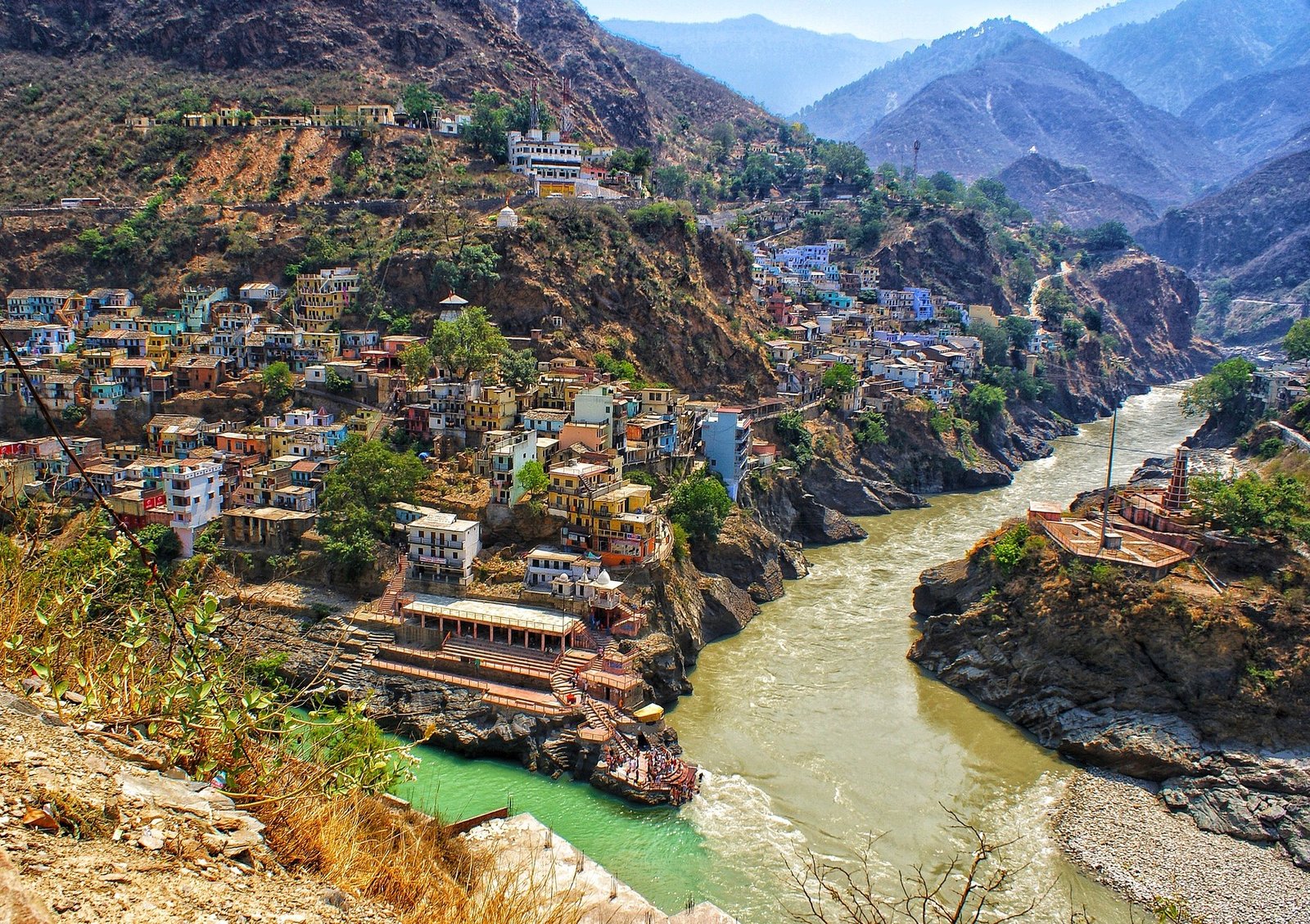Char Dham Highway Case

The substantial damage to the Himalayan ecology caused by the Char Dham Highway Project has been halted by the Supreme Court.
In response to a petition by environment non-profit Citizens for Green Doon, the Apex Court ruled on September 8 that the width of the Char Dham Highway, currently under construction, shouldn’t exceed 5.5 metres. This order turned down the Centre’s plea to widen the all-weather road to 7 metres. The Apex Court based its ruling, favouring a narrow width for the highway, on the recommendation of a high-powered committee it had appointed in 2019.
Common Cause has been at the forefront of the campaign against violations of necessary environmental clearances by the proposed 900 km long highway, which connects four important pilgrimage sites in Uttarakhand --- Kedarnath, Badrinath, Gangotri and Yamunotri.
It had, along with Citizens for Green Doon and others, filed separate writ petitions challenging the widening of the NH 108 as part of the Char Dham project. The petitioners opposed the arbitrary dumping of debris and muck into the Bhagirathi river in violation of norms and principles of the Environmental Impact Assessment (EIA). The National Green Tribunal (NGT) disposed of the matter by ordering the constitution of a High-Powered Committee (HPC) as an oversight authority.
Subsequently, the other co-petitioners challenged the NGT’S order in the Supreme Court. The Court ordered a change in the composition of the HPC, replacing the previous chairman, Justice U.C. Dhyani with noted environmentalist Prof. Ravi Chopra. The Court recommended the addition of representatives from a wide range of ministries and research laboratories such as the Physical Research Laboratory, Wildlife Institute of India, Ministry of Environment, Forest and Climate Change(MoEFCC) and the Ministry of Defence.
The new and more broad-based HPC was tasked with conducting ‘rapid’ EIAs and submitting a report after reviewing the ecological concerns related to the project activities. It was also mandated with suggesting ways for complying with environmental norms.
In July 2020, the HPC submitted two different reports to the Apex Court, as there was a split in the concerns of both groups within it. The majority group, with a support base of 13 members, submitted its report recommending that the carriageway width should be of 7m.On the other hand, the minority group, comprising the HPC chairman and four others, advocated for a 5.5m-wide carriageway. Committee chairman Ravi Chopra had also written a letter to the Secretary, MoEFCC, detailing the alleged compliance lapses.
The reason for the split consensus was fulcrummed on a single issue. The minority group, while recommending a 5.5m-wide carriageway, cited a circular issued by the Ministry of Road Transport and Highways (MoRTH) in 2018. The ministry had stated in the 2018 circular that due to some problems it had witnessed with building two-line roads with paved shoulders, the part of the road carrying the vehicles – called the carriageway – should be limited to 5.5 m (23 feet).
The majority group, on the other hand, submitted a report favouring a two-lane highway with a width of seven metres. This design standard was according to a circular issued in 2012 by the roads ministry.
However, the September 8, 2020 Supreme Court order is in line with the circular issued in 2018.
The beach also emphasised on the compliance of the terms of reference of its order dated August 8, 2019, including holding of quarterly meetings.
It is worth noting that almost all the committee members supporting the majority group are employees of the Centre or the Uttarakhand state government while the minority group has three independent experts and one scientist from the Wildlife Institute of India.



